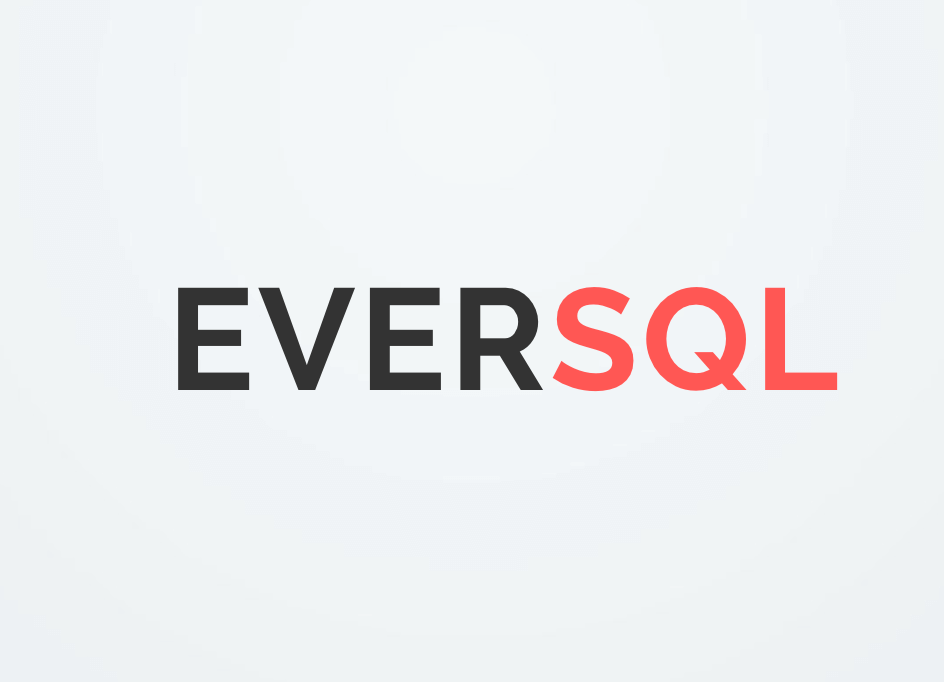

allow-keywords: Allow creation of column names that are keywords.create-options: Include all MySQL-specific table options in CREATE TABLE statements.Your database has now been exported from MySQL Workbench! Browse to the location you specified to see the single or multiple files generated.īefore you export the data, you can set some additional options by clicking the Advanced Options button.
#Mysql workbench export schema how to#
If you want to see how to do this directly using the command line, check out the guide here. We can also see it uses the tool “mysqldump” to perform the export. We can see it took about 1 second, but the tables I chose were very small. Running: /Applications/MySQLWorkbench.app/Contents/MacOS/mysqldump -defaults-file="/var/folders/81/9mr565sx0_94jm_zwy45dk3h0000gn/T/tmpSDQVzd/extraparams.cnf" -host=127.0.0.1 -protocol=tcp -user=root -column-statistics=FALSE -port=3306 -default-character-set=utf8 -skip-triggers "desc_test"ġ2:50:56 Export of /Users/BB/dumps/Dump20210915.sql has finished Running: /Applications/MySQLWorkbench.app/Contents/MacOS/mysqldump -defaults-file="/var/folders/81/9mr565sx0_94jm_zwy45dk3h0000gn/T/tmpOtsG7d/extraparams.cnf" -host=127.0.0.1 -protocol=tcp -user=root -column-statistics=FALSE -port=3306 -default-character-set=utf8 -skip-triggers "test" The text in this example says: 12:50:56 Dumping test (all tables)

Here’s what it looks like when it’s completed: Depending on the amount of data, it may take some time. Step 7: Indicate if you want to include the Create Schema step. Step 6: Indicate if you want to create the dump in a single transaction (which only applies to the “self-contained file” export option).


 0 kommentar(er)
0 kommentar(er)
